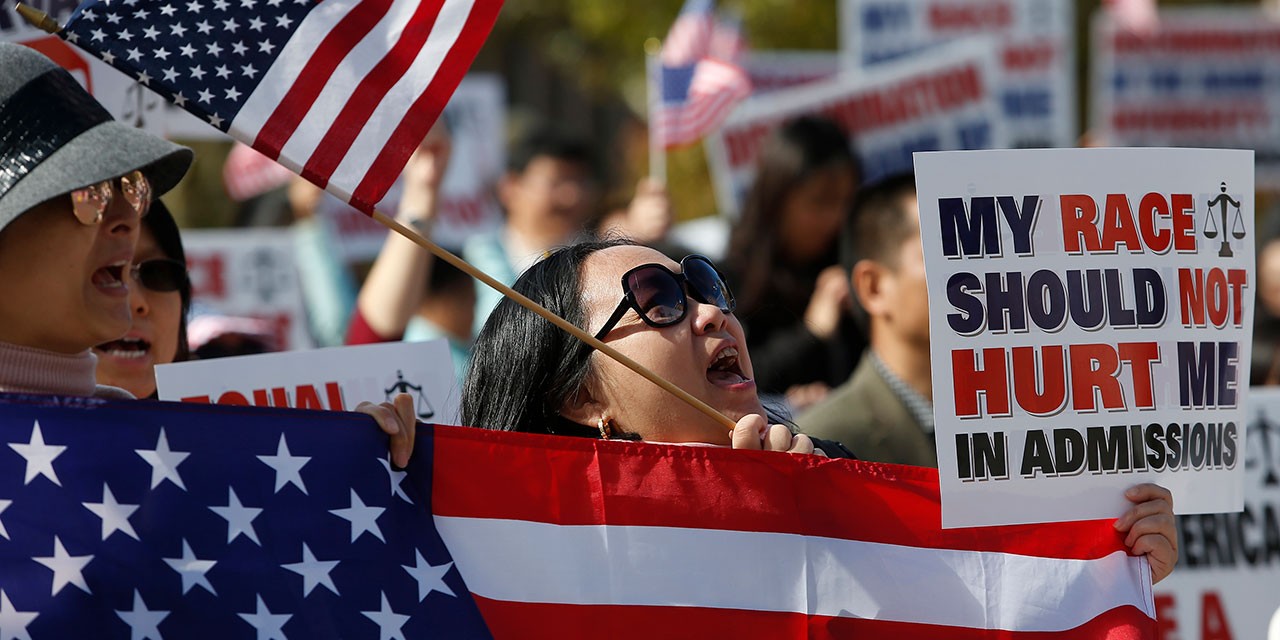Affirmative Action

Affirmative action is a set of policies made to provide representation to underrepresented groups in things like jobs and colleges. A few things are considered: race, disability, gender identity, sexual orientation, ethnicity, and age.
Historical Context
It first started in 1961 with an executive order from President John F. Kennedy. He required government employers to treat their employees equally, regardless of race, religion, or nationality. This was initially targeted to improve opportunities for African Americans. Affirmative action was expanded through the Civil Rights Act of 1964 by President Lyndon B. Johnson. It added gender to the list of protected factors.
In the earlier stages of affirmative action, places would permit a predetermined amount of people based on race. For example, colleges would say that they only had 16 spots for racial minorities. This was known as a racial quota. After the Supreme Court deemed them unconstitutional, it was established that race could be considered, but it couldn’t be the main factor.
SCOTUS Cases
In the Supreme Court case Regents of University of California v. Bakke (1978), the University of California, Davis was being sued for their racial quota system. In this system, 84/100 spots were for white applicants, and 16/100 spots were specifically for racial minorities. The Supreme Court ruled that this racial quota was unconstitutional and discriminated against people based mainly on race. The Court asserted that it violated the Equal Protection Clause of the Fourteenth Amendment and that there were other ways for representation.
In the Supreme Court Case Grutter v. Bollinger (2003), things were a little different. The University of Michigan’s affirmative action admissions policy was actually upheld because the court thought that considering race was okay because maintaining a diverse student body was a compelling enough reason.
Currently, affirmative action based on race is banned in eight states, including California. This is because it is viewed as continuing discrimination based on race.
Supporters of affirmative action support it for these reasons:
Affirmative action remedies prior discrimination of minority groups in the past, such as the infamous Jim Crow laws, and gives them opportunities that have been previously limited. For disadvantaged people and groups, it emphasizes equity by allowing people regardless of wealth or privilege to have similar resources to those from privileged backgrounds. For example, students who didn’t have enough money to hire tutors or join certain extracurriculars would still have a chance for higher education.
It increases diversity in the workplace and in education, preventing discrimination in the future. For colleges, in particular, diversity also helps create more well-rounded students with more open perspectives, as they will constantly be surrounded by peers of different races. In addition, campuses will have a student body of diverse students, instead of only one certain type of race.
Those who disagree with affirmative action argue:
It is a form of reverse discrimination that can discriminate against people who don’t come from disadvantaged backgrounds (This was the same claim that Bakke made). Ex: An applicant of color is chosen over a “more qualified” White applicant.
People with talent or achievements who don’t come from underrepresented groups may be ignored as institutions look to include people from specific groups.
Individuals from minority groups may be looked down upon as their achievements may be seen as a result of affirmative action instead of their own qualifications. So, this actually continues to decrease the reputation of minority groups.
There are other ways of maintaining a diverse student body than having to consider race and violate the 14th Amendment.

